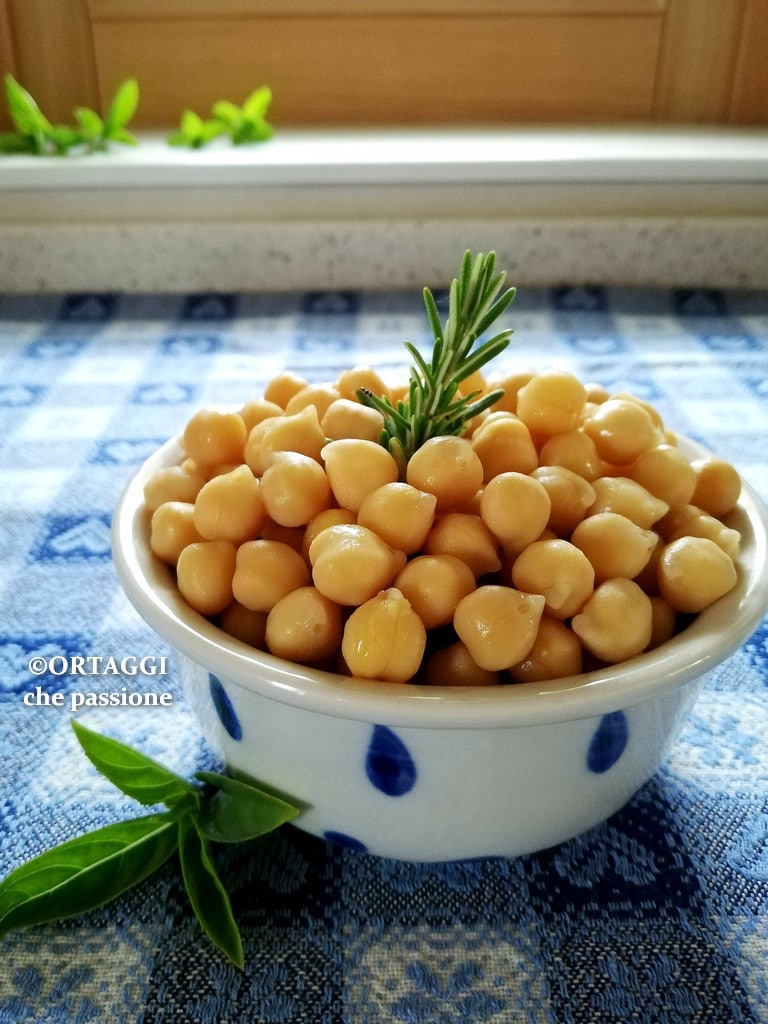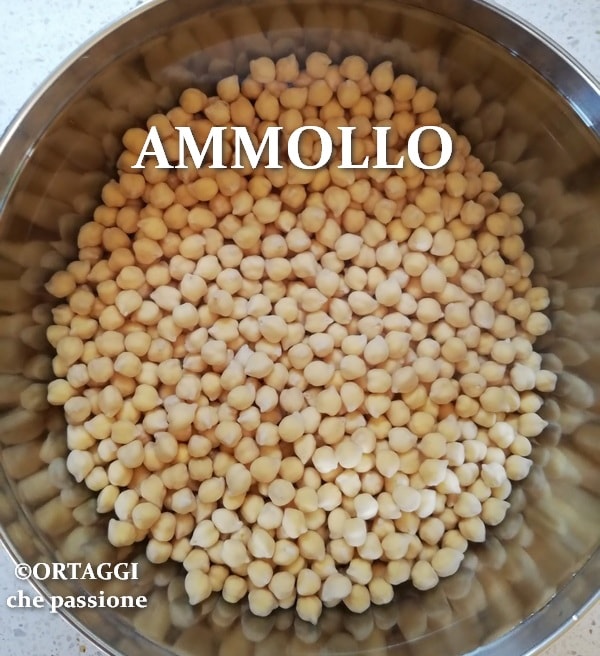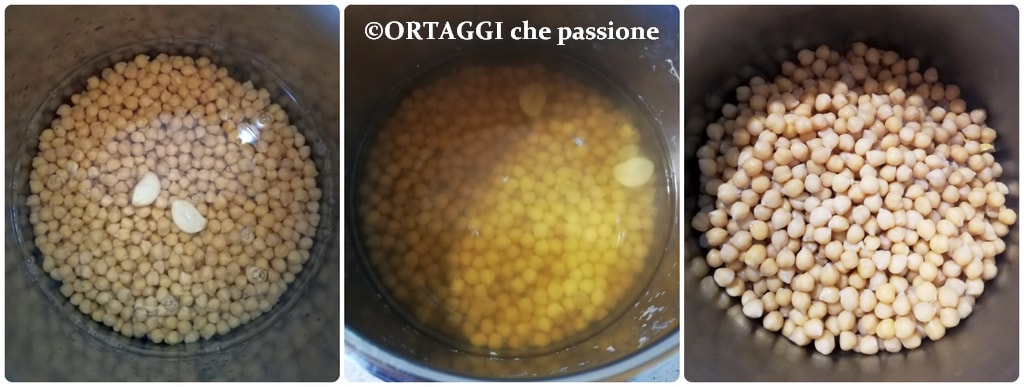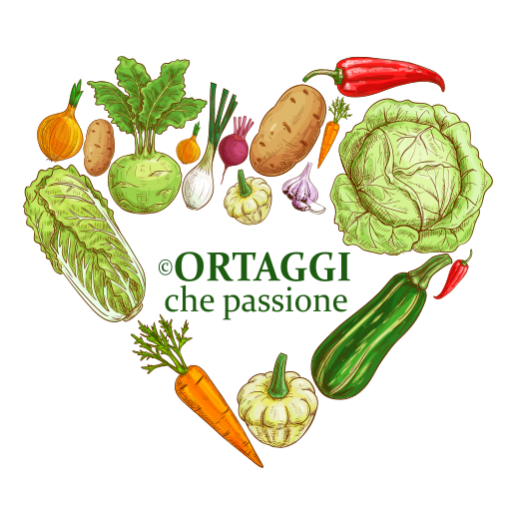Preparing chickpeas in a pressure cooker is simple and fast, this preparation requires the use of pre-soaked dried chickpeas, which will be boiled in the pressure cooker (in my case Lagostina), ensuring quick cooking and extraordinary results. The reduced cooking time compared to the traditional method makes this recipe the perfect choice for those who want a tasty and nutritious meal in no time. Once boiled, the chickpeas will become soft and full of flavor, ready to be paired with a wide range of dishes or enjoyed alone as a healthy snack.
SEASONALITY of #dried chickpeas – all year round.
My recipes with chickpeas:

- Difficulty: Easy
- Cost: Cheap
- Rest time: 12 Hours
- Preparation time: 10 Minutes
- Portions: 5
- Cooking methods: Pressure cooker
- Cuisine: Healthy
- Seasonality: All seasons
- Energy 143.19 (Kcal)
- Carbohydrates 19.60 (g) of which sugars 1.55 (g)
- Proteins 8.72 (g)
- Fat 2.63 (g) of which saturated 0.36 (g)of which unsaturated 2.23 (g)
- Fibers 5.67 (g)
- Sodium 6.66 (mg)
Indicative values for a portion of 100 g processed in an automated way starting from the nutritional information available on the CREA* and FoodData Central** databases. It is not food and / or nutritional advice.
* CREATES Food and Nutrition Research Center: https://www.crea.gov.it/alimenti-e-nutrizione https://www.alimentinutrizione.it ** U.S. Department of Agriculture, Agricultural Research Service. FoodData Central, 2019. https://fdc.nal.usda.gov
Chickpeas in pressure cooker
PORTION per person: as a side dish 50-60 grams (1.75-2 oz), in soups 30 grams (1 oz).
Cooking time: 15 minutes from the whistle plus time to release pressure naturally, or 20 minutes.
- 250 g dried chickpeas
- 1 clove garlic (and/or carrot, onion, celery)
- 1 sprig rosemary (or sage leaves, bay leaves, cumin seeds)
- 600 g water (or more)
Macrobiotics add a piece of Kombu seaweed during cooking.
Tools
- Pressure cooker Lagostina 7 liters
Chickpeas in pressure cooker
To wash the dried chickpeas, place them in a bowl, rinse under running water, and rub gently. Then drain them and repeat the process until the water is clear.
To soak the dried chickpeas, pour them into a large bowl, cover them with plenty of cold water, and let them soak for at least one night and up to 2 days. It is advisable to change the soaking water a few times to prevent bacterial fermentation, which manifests with bubbles on the surface. Do not add anything to the soaking water: salt makes the chickpeas harder, baking soda reduces their nutritional properties. Before cooking, drain and rinse them under running water.

After adequate soaking, boil them in plenty of water (at least double and 0.8 inches above the chickpeas) with the addition of some aromatic herbs and spices (based on your preferences: garlic, carrot, onion, rosemary, sage, celery, cumin seeds) or a piece of Kombu seaweed (as recommended by macrobiotics).
DO NOT add salt or any acidic foods (like tomato or vinegar), otherwise the skin becomes tough and breaks. Cooking should be at low heat (the water should simmer slightly).
In the pressure cooker they can be boiled in just 20 minutes from the whistle (sometimes 40 minutes are needed for certain qualities or if they are old). Chickpeas, compared to other types of legumes, withstand pressure cooking very well and generally do not break.
Once cooked, I recommend leaving them in their cooking water until cooled, so they finish cooking gently and the skin will be less tough.

How to STORE cooked chickpeas?
In the REFRIGERATOR, cooked chickpeas can be stored in their cooking water (aquafaba) for up to 5 days.
To STORE IN JAR, jar the cooked and very hot chickpeas in sterilized jars, then cover them with their boiling cooking water, immediately close the jar, and place it among blankets to create a vacuum seal.
In the FREEZER, store the cooked chickpeas with their cooking water in glass containers, they can be stored in the freezer for about 6 months. Remember to thaw cooked chickpeas in the refrigerator overnight before using them. You can add them to soups, salads, stews, or pasta dishes to enrich the flavor and increase the nutritional value of your meal.
Curiosities
How many minutes should legumes cook in the pressure cooker?
Cooking times for legumes in the pressure cooker can vary depending on the type of legume and personal preferences, but generally, you can follow these guidelines:
– CHICKPEAS: about 20 minutes.
– DRIED BEANS: 30-40 minutes.
– LENTILS: about 10 minutes.
– DRIED PEAS: if whole 1 hour, if split 30 minutes.
– DRIED FAVA BEANS: 15-20 minutes.
Remember that these times are approximate and can vary based on the size, freshness of the legumes, and soaking time. Additionally, cooking times may vary from one pressure cooker model to another. Always make sure to follow the pressure cooker’s safety guidelines and release the pressure before opening the lid.How long should chickpeas soak?
Chickpeas should be soaked for at least 12-24 hours before cooking.
How much water for chickpeas in the pressure cooker?
For chickpeas in the pressure cooker, it is usually recommended to use about 2.5-3 times their volume of water. For example, if you have 1 cup of chickpeas, you can use about 2.5-3 cups of water for pressure cooking. However, the exact amount of water may vary slightly based on your personal taste and your specific pressure cooker. Always make sure not to fill the pot beyond the maximum capacity indicated by the manufacturer to ensure safe cooking.
What are the benefits of pressure cooking?
Pressure cooking offers the following benefits:
– time-saving: significantly reduces cooking times compared to traditional methods
– cost-saving: allows you to use less water and gas/electricity for cooking
– retention of nutrients: minimizes nutrient loss in foods
– enhanced flavor: cooking under pressure can intensify flavors
– convenience: easy to use and requires little supervision during cooking.

